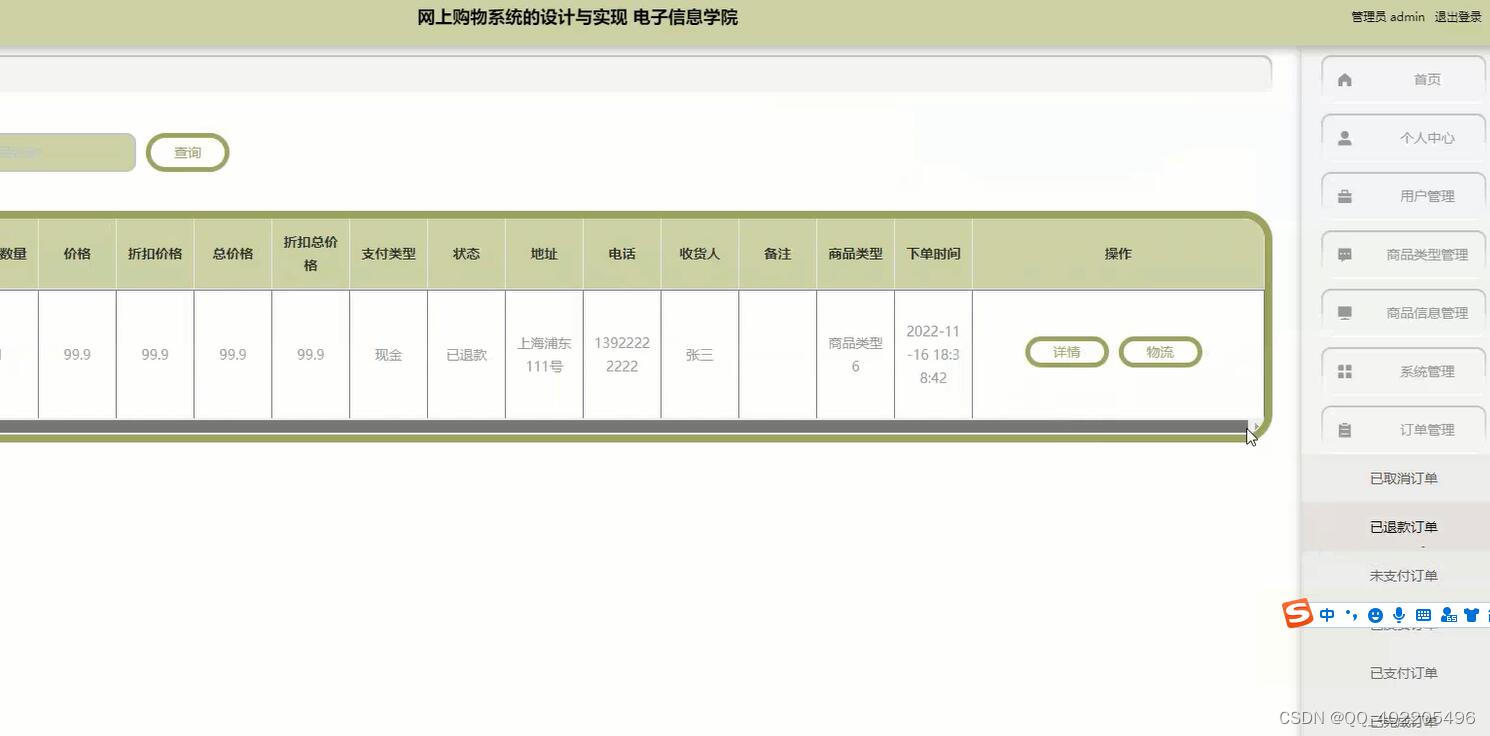本文介绍: 剩下的3-6都是pip安装的包,注意使用Anaconda3的话就在Anaconda Prompt里使用pip命令,如果是其他集成环境或者原生的python环境,直接就在cmd里使用pip安装。先依次安装好上面的软件和包,其中python3.8和Anaconda3是直接下载安装,如果官方链接比较慢,可以搜下三方的源安装。其中Anaconda3不是必须的,用这个工具是因为确实挺香的。
(2)Anaconda3
(4)Numpy
先依次安装好上面的软件和包,其中python3.8和Anaconda3是直接下载安装,如果官方链接比较慢,可以搜下三方的源安装。其中Anaconda3不是必须的,用这个工具是因为确实挺香的。
剩下的3-6都是pip安装的包,注意使用Anaconda3的话就在Anaconda Prompt里使用pip命令,如果是其他集成环境或者原生的python环境,直接就在cmd里使用pip安装。
import numpy as np
import pandas as pd
import tensorflow as tf
from tensorflow.keras import layers
import tensorflow.keras
import warnings
#####################################################
features = pd.read_csv('C:/Inst/20230411/20230411/训练集.csv')
print("数据维度",features.shape)
print('features=')
print(features.head(10))
#####################################################
#删除前7行无效数据
features = features[7:]
#将avg列单独存起来
labels_avg = np.array(features['avg'])
print("数据维度",features.shape)
print('features=')
print(features.head(10))
#####################################################
#特征中去掉无用标签
features = features.drop('high',axis=1)
features = features.drop('low',axis=1)
features = features.drop('avg',axis=1)
print("数据维度",features.shape)
print('features=')
print(features.head(10))
#####################################################
#转换成可以处理的数据格式
features = np.array(features)
#预处理
from sklearn import preprocessing
input_features = preprocessing.StandardScaler().fit_transform(features)
print('input_features=')
print(input_features[0:7])
#####################################################
#构造网络模型
model1 = tf.keras.Sequential()
model1.add(layers.Dense(16))
model1.add(layers.Dense(32))
model1.add(layers.Dense(1))
#对网络进行配置
model1.compile(optimizer=tf.keras.optimizers.SGD(0.001),loss='mean_squared_error')
#####################################################
#训练
model1.fit(input_features, labels_avg, validation_split=0.1, epochs=50, batch_size=64)
#####################################################
#读入待预测数据
tobe_predict = pd.read_csv('C:/Inst/20230411/20230411/验证集.csv')
#去除前7行数据
tobe_predict = tobe_predict[7:]
#vag列先存起来,后面用来比较验证预测的效果
tobe_predict_avg = np.array(tobe_predict['avg'])
#去掉无用的列
tobe_predict = tobe_predict.drop('avg',axis=1)
tobe_predict = tobe_predict.drop('high',axis=1)
tobe_predict = tobe_predict.drop('low',axis=1)
#转换成合适的格式
tobe_predict = np.array(tobe_predict)
print("数据维度",tobe_predict.shape)
#预处理
tobe_predict = preprocessing.StandardScaler().fit_transform(tobe_predict)
print("tobe_predict=",tobe_predict[0:7])
#####################################################
#预测模型结果
predict1 = model1.predict(tobe_predict)
print("预测的平均温度")
print(predict1)
print("实际的平均温度")
print(tobe_predict_avg)
原文地址:https://blog.csdn.net/softshow1026/article/details/134610689
本文来自互联网用户投稿,该文观点仅代表作者本人,不代表本站立场。本站仅提供信息存储空间服务,不拥有所有权,不承担相关法律责任。
如若转载,请注明出处:http://www.7code.cn/show_14643.html
如若内容造成侵权/违法违规/事实不符,请联系代码007邮箱:suwngjj01@126.com进行投诉反馈,一经查实,立即删除!
声明:本站所有文章,如无特殊说明或标注,均为本站原创发布。任何个人或组织,在未征得本站同意时,禁止复制、盗用、采集、发布本站内容到任何网站、书籍等各类媒体平台。如若本站内容侵犯了原著者的合法权益,可联系我们进行处理。





